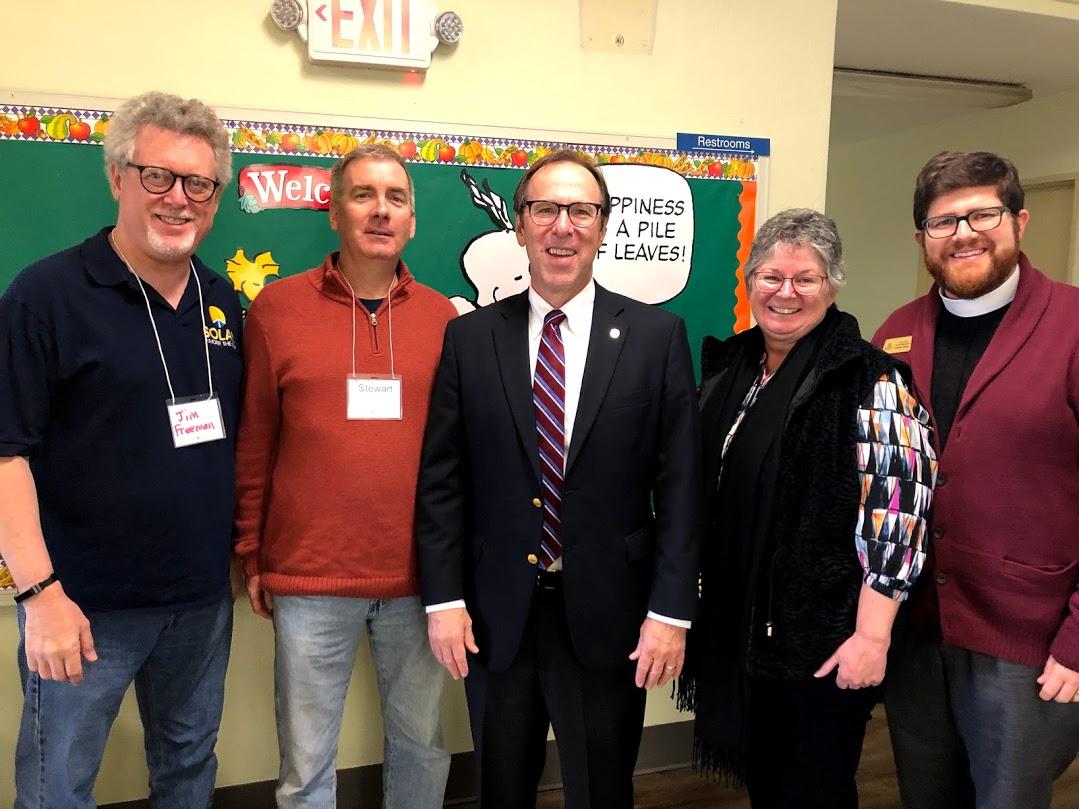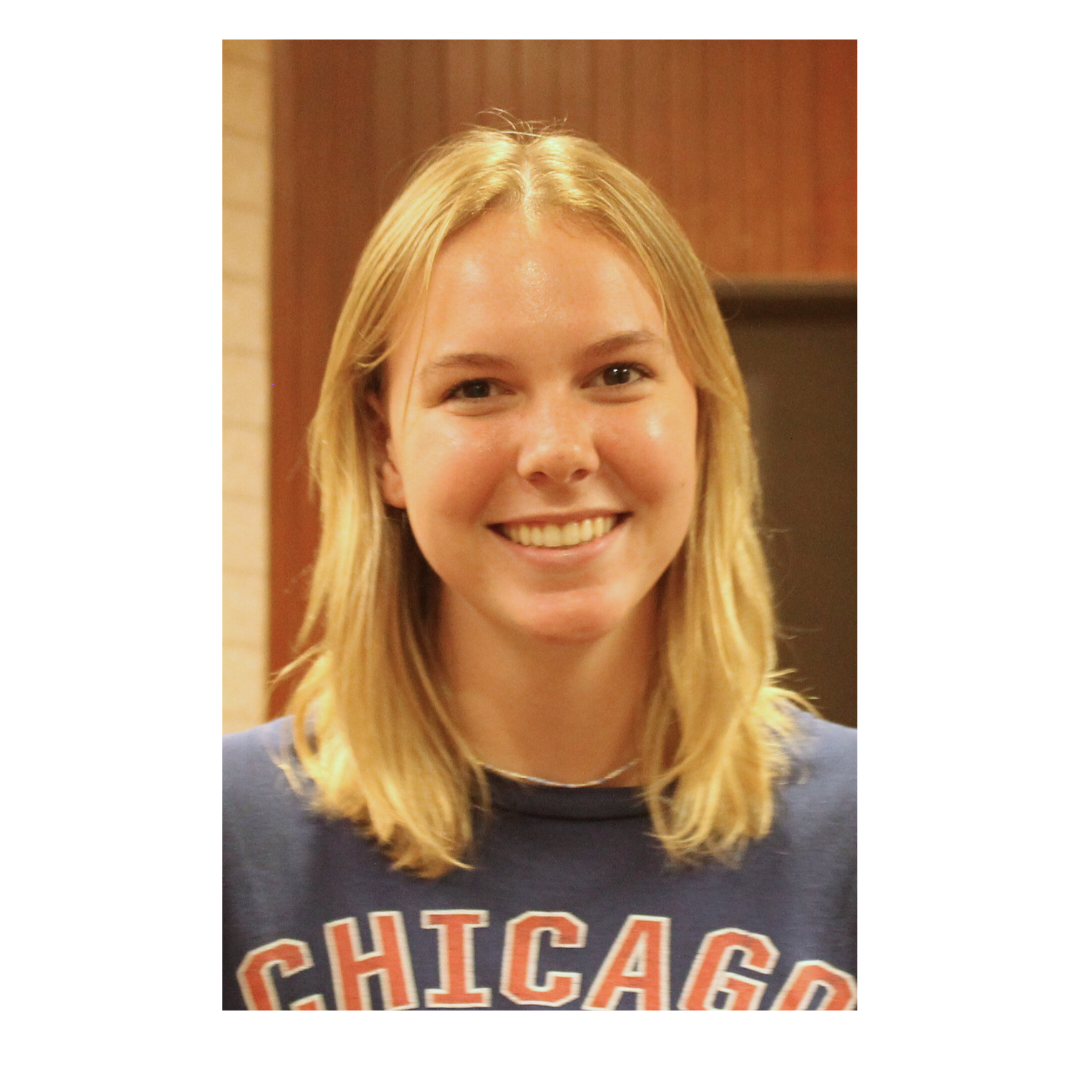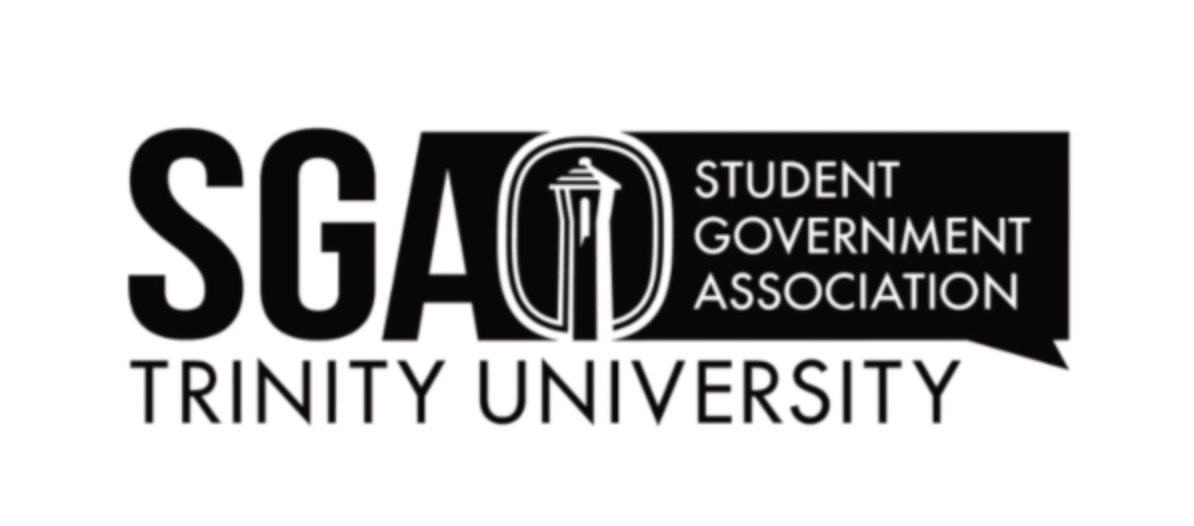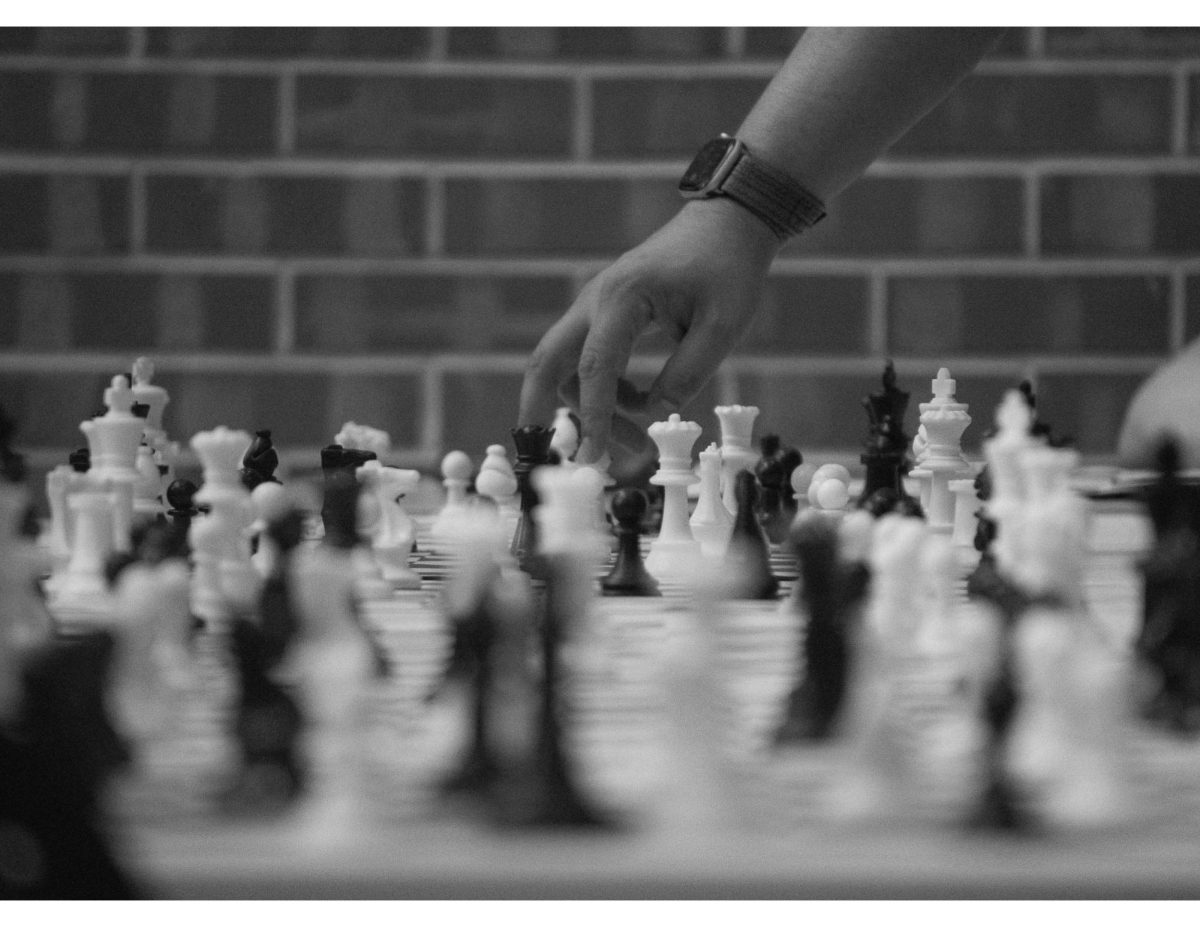Photo provided by Alex Serna-Wallender
University president Danny Anderson renewed Trinity’s covenant agreement with the Synod of the Sun Presbyterian Church on Monday, November 4, acknowledging Trinity’s historical relationship with the Presbyterian Church. In attendance was Alex Serna-Wallender, university chaplain, as well as members of the Synod of the Sun.
Trinity has engaged in this covenant relationship with the Synod of the Sun since 1969, following the severing of legal ties between the university and the Presbyterian Church.
According to Serna-Wallender, the covenant agreement is representative of Trinity’s enduring relationship with the Synod of the Sun.
Special Collections librarian Colleen Hoelscher recognized the renewed covenant as a means of acknowledging Trinity’s Presbyterian roots.
“Trinity was founded by the Presbyterian Church. There were three Synods — Synods are geographical divisions within the church — so there were the Brazos, the Colorado and the Texas Synod, and they came together to found Trinity in 1869. The covenant is a way that the school recognizes that historical relationship and honors the fact that the Presbyterians started Trinity and played such a foundational role in the school’s development,” Hoelscher said.
The renewed agreement is reflective of the Synod’s strong leadership over the university proceedings in its early days.
“For the first 100 years of Trinity’s history, it was governed in direct partnership with the Presbyterian Church. In 1969 the General Assembly (national body) of the Presbyterian Church determined that it was in the best interest of its affiliated institutions of higher education to be under the sole control and direction of their respective Boards of Trustees, and asked each of their institutions enter into covenantal relationships with their Synods (regional bodies),” Serna-Wallender wrote in an email interview.
According to Ruben Dupertuis, chair of the Department of Religion, the General Assembly of the Presbyterian Church recommended that Trinity have legal autonomy over the university as a result of Trinity’s need for financial support at the time.
“For Trinity, this meant the Board of Trustees was appointed by the school, they no longer were coming from the Presbyterian Church. On the church’s end it meant that they didn’t have to provide financial support for Trinity,” Hoelscher said.
The severing of legal ties with the church led to changes both in the leadership of the university as well as the profile of the school, according to Dupertuis.
“There were some rough years, financially, and by the time you get to the ‘60s, Trinity actually takes off. President Calgard shifted the profile of the university to more liberal arts on a more national level,” Dupertuis said.
According to Hoelscher, when the covenant was enacted in 1969, the press release at the time described the agreement as a “solemn, binding oath.” Likewise, the 1969 covenant itself describes the relationship as “a covenant of trust and mutual obligation.”
Language from the 1969 covenant also indicates an emphasis on honoring the principles of a Christian education, according to Hoelscher.
“It is more interpreting the values of a Christian education and not necessarily a Western-centric, Anglo-Christian education. More the idea that you should know both the humanities and the sciences,” Hoelscher said.
According to the renewed covenant agreement provided by Serna-Wallender, this language of the agreement has since been changed in order to emphasize “freedom of thought and investigation and respect for differing opinions, including differences in religious beliefs and practices.”
Despite its symbolic importance, the covenant makes clear that it is a historical marker of Trinity’s past and has little effect on the actual manner in which the school is run today, according to Dupertuis.
“I wouldn’t be surprised if some of that [language] stays in up to a degree, but the way the office of the Chaplain is run in practice is open and supportive of all religious traditions,” Dupertuis said.
According to Serna-Wallender, the covenant will continue to be reaffirmed well into Trinity’s future.
“Approximately every five years a small group is appointed by both the Synod of the Sun and on behalf of Board of Trustees, and the Covenant is reviewed, and reaffirmed by both Trinity’s Board of Trustees and the Synod of the Sun,” Serna-Wallender wrote in an email interview.
Ultimately the covenant documents Trinity’s long history and serves as a reminder of the university’s past.
“It is important as we go forward as a university that we remember our past — both the good and the bad, and our Presbyterian heritage is part of that,” Hoelsher said.







